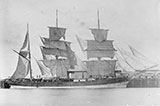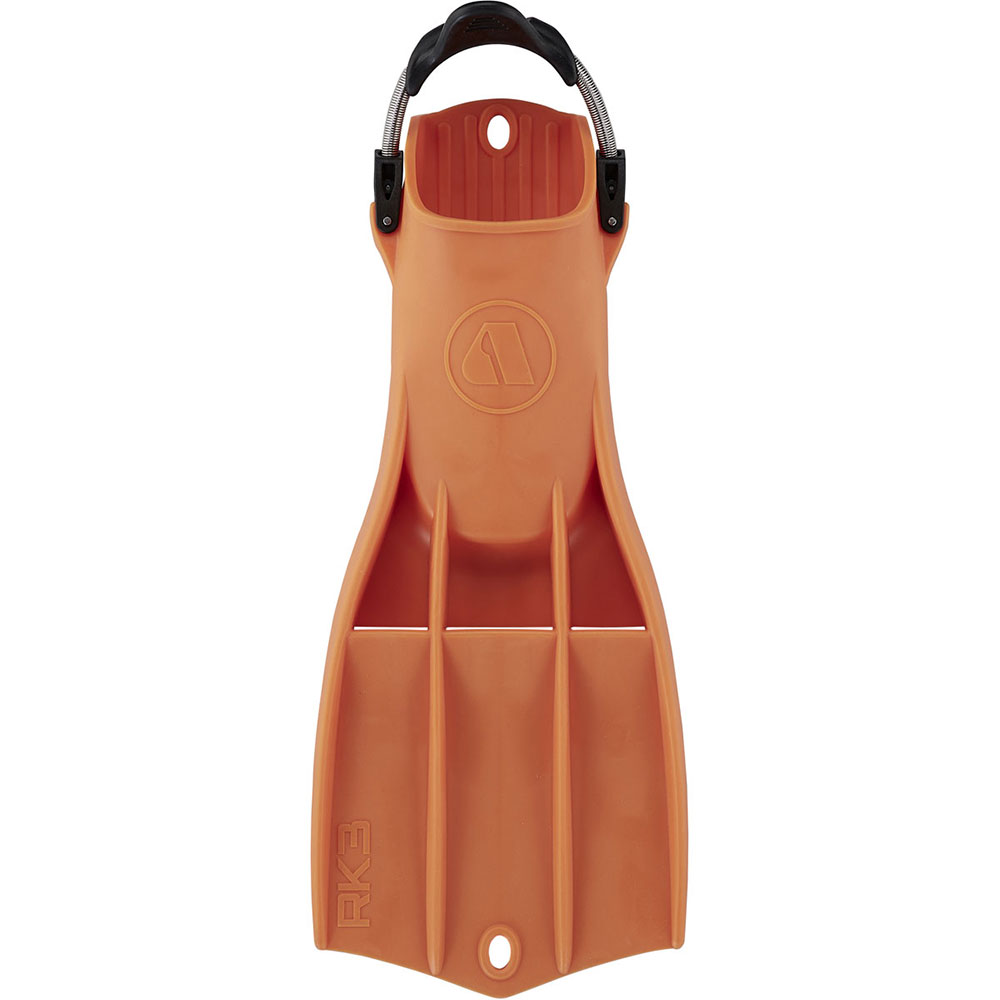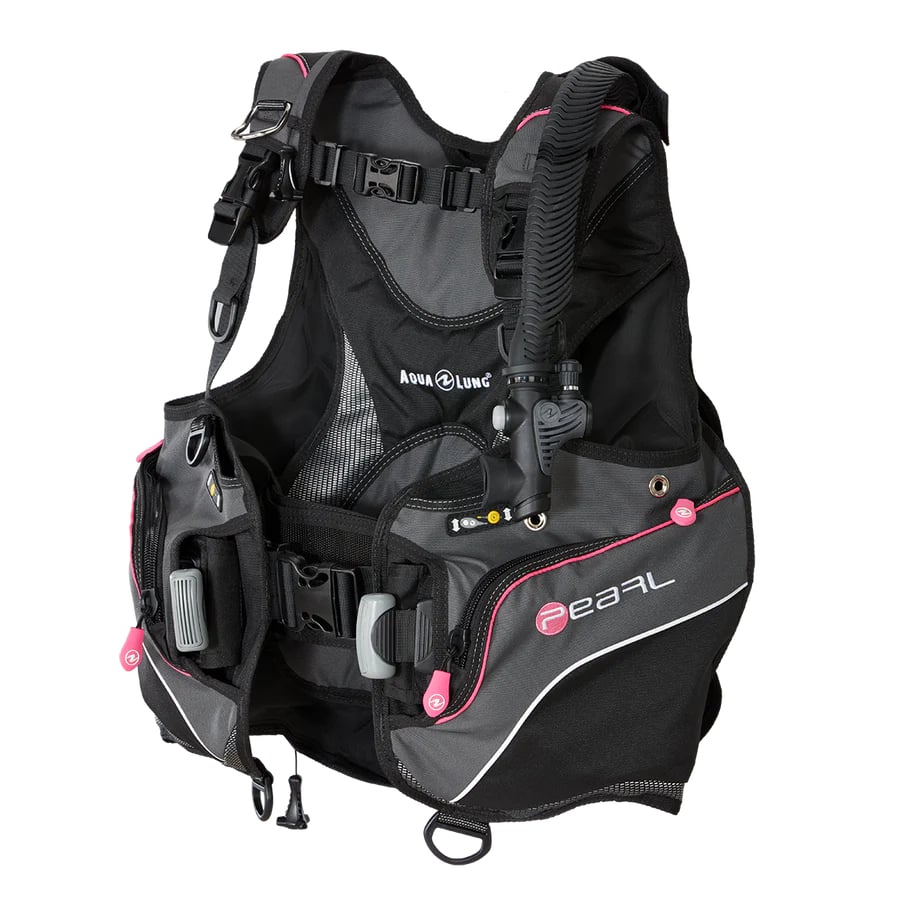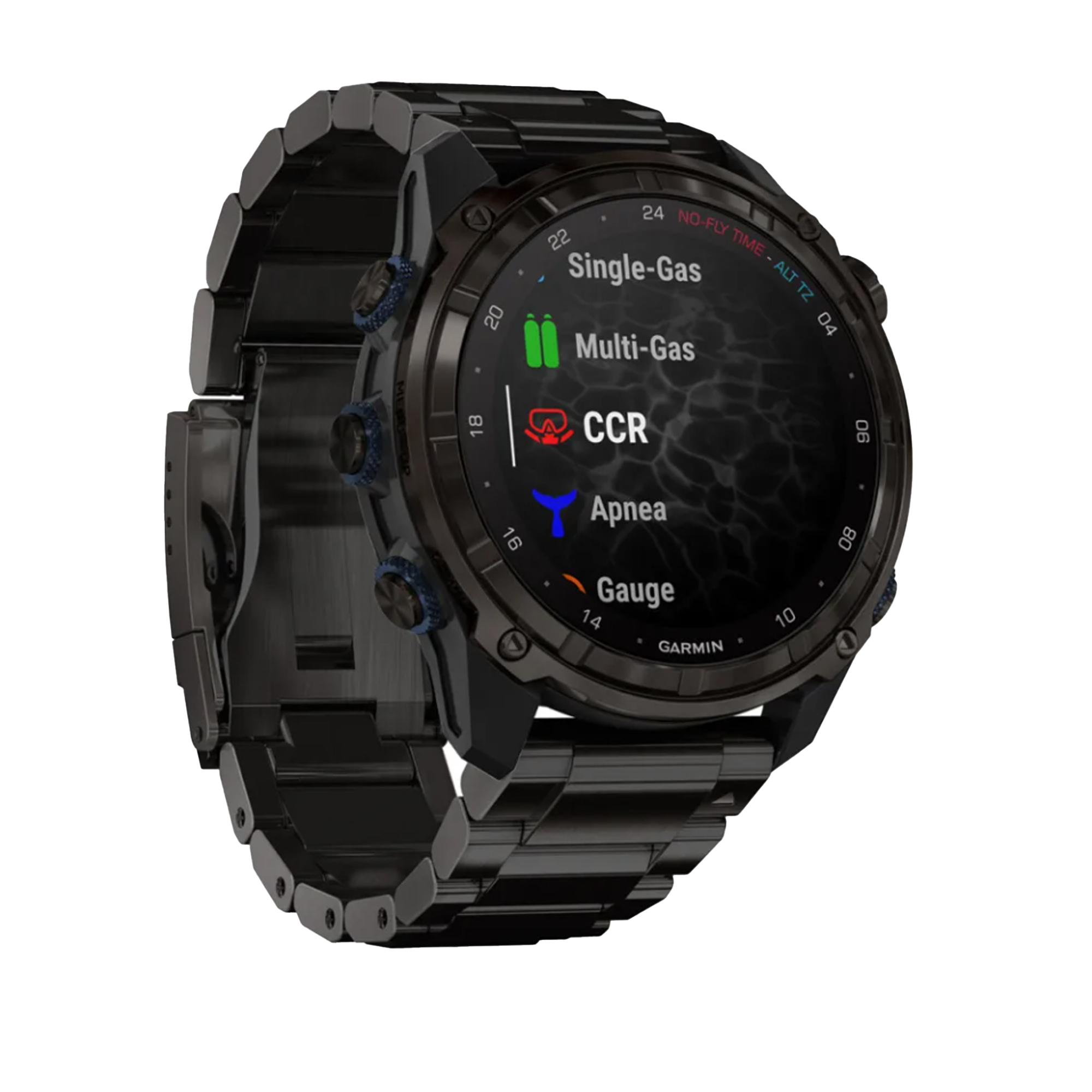Navigation
Scuba diving underwater torches and dive lights can be vital, especially when deep diving or cave diving. As you get further below the water's surface your surroundings become dark due to the depth you are at. A diving torch allows you to see exactly what lies ahead of you when your eyes fail to do so. Crucial in certain dive situations such as diving expeditions without natural light, a dive torch could be the only source to allow you to see your surroundings and help avoid any unwanted accidents when in unfamiliar territories.
Dive lights also come in handy when you need to check your compass or another un-illuminated piece of important equipment. Scuba diving torches can also be used to communicate between buddies and get there attention while exploring the ocean's depths.
We strongly recommend you take a dive light along with you on every dive you undertake. Even if it is just a tropical daytime dive, most experienced divers will have a small pocket torch which allows them to shine it either in a nook or overhang at certain fishes bringing their colours alive!
Some divers prefer a rechargeable torch. Although they are slightly more expensive than the conventional battery torch they do not require new batteries after a couple of dives, so can be more economical in the long run. Some rechargeable dive lights such as the Light and Motion range can be charged without opening the torch eliminating all risk of flooding.
At The Scuba Doctor dive shop we hold a large selection of dive torches and dive light accessories to assist you when diving, from well-known dive brands including: Atorch, Dive Perfect, i-Torch, Finnsub, Intova, Light and Motion, Light Monkey, OrcaTorch, Tektite, Tovatech and Underwater Kinetics.
How do you figure it all out? Give us a call or an email if you have any questions on lighting. We'll be happy to help you sort it out.
Tech Tip:
Rechargeable Battery Chemistry for Dive Lights
— Nickle Metal Hydride vs Lithium Ion
- NiMH Chemistry — Nickle Metal Hydride is a proven rechargeable battery technology widely used in dive lights for years that offers the advantage of lower cost, and most importantly no transport restrictions. The NiMH battery charge must be 'topped up' every 3 to 6 months if idle for extended periods or the battery can self discharge such that it will no longer charge to full capacity.
- Li-ion Chemistry — Lithium-ion is an emerging rechargeable battery technology that offers the advantage of longer burn times and almost zero self discharge, but there are safety concerns with Li-ion chemistry batteries. The transport of Li-ion batteries is sometimes a logistics hassle, especially with near universal restrictions on passenger aircraft.
If you need to travel with your dive light by passenger aircraft we recommend choosing NiMH battery chemistry. Their burn time is more than enough for most diving, they cost less and you don't have to worry about your dive light starting a fire.
Casablanca
![]() Wreck Dive |
Wreck Dive | ![]() Boat access
Boat access
![]()
![]()
![]()
![]()
![]()
Three-Masted Iron Barque, Lighter | Max Depth: 57 m (187 ft) — Graveyard
The Casablanca shipwreck lies in the Victorian Ships' Graveyard in Bass Strait.
Diving the Casablanca Shipwreck
Of all the sailing vessel shipwrecks in the graveyard, the Casablanca certainly has the most to offer the diver that is prepared to spend some time looking. The bow is broken off about 4 metres in and sits pointing to the surface. The stern has a distinctive sailing ship wheel.
The masts lie off to the starboard side of the wreck. All three masts are clearly identifiable suggesting she was scuttled with all three masts intact. The forward mast is lying at a 45-degree angle out from the starboard bow. The centre mast is lying 90 degrees to the length of the hull, also pointed towards the starboard bow. A crows nest can be found three-quarters of the way up the centre mast. The stern mast is lying approximately 45 degrees to the hull, also pointing towards the starboard side of the vessel.
The port side hull has collapsed inwards, and the starboard side has mostly disappeared into the sand. Only the original ribs of her are still protruding.
Bass Strait Warning: Always keep an eye on sea conditions throughout any shore or boat dive in Bass Strait on Victoria's coastline. Please read the warnings on the web page diving-in-bass-strait before diving or snorkelling this site.
Casablanca Shipwreck History — Built in 1868
The Casablanca was a three-masted iron barque, built in 1868, by J. Royden and Sons, in Liverpool, England. The overall length of the Casablanca was 172.1 ft (52 m), with a beam of 28 ft (8.53 m) and draught 17.5 ft (5.33 m), 569 tons net and 601 tons gross.
The Casablanca operated for 80 years sailing the world including a final stint on the trans-Tasman run bringing timber from New Zealand to Australia. She finished her career, like so many others, as a coal hulk in Melbourne after being converted in 1912. She served in this capacity for Melbourne Steamships until 1950.
Casablanca Sinking — Scuttled 16 February 1950
The Casablanca left Williamstown under tow by the Tooronga at 11 a.m. on 16 Febrauary 1950, to catch the ebb tide at the heads. The Rip was cleared at 3:07 p.m. and they headed for the Victorian Ships' Graveyard.
On arrival at the sinking destination at 4:20 p.m. explosive charges were set. At 5:03 p.m. the first charge exploded, followed by another a minute later. The Casablance started sinking by the stern and had compleely disappeared by 5:14 p.m. into a depth of 57 m (187 ft).
See also, Heritage Council Victoria: Casablanca, and
Australian National Shipwreck Database: Casablanca.
Heritage Warning: Any shipwreck or shipwreck relic that is 75 years or older is protected by legislation. Other items of maritime heritage 75 years or older are also protected by legislation. Activities such as digging for bottles, coins or other artefacts that involve the disturbance of archaeological sites may be in breach of the legislation, and penalties may apply. The legislation requires the mandatory reporting to Heritage Victoria as soon as practicable of any archaeological site that is identified. See Maritime heritage. Anyone with information about looting or stolen artefacts should call Heritage Victoria on (03) 7022 6390, or send an email to heritage.victoria@delwp.vic.gov.au.
Mystery Casablanca GPS Mark
We have another GPS Mark for the Casablanca, just south-east of the Casablanca GPS mark we're using.
Source: Dive Victoria:
Latitude: 38° 21.757′ S (38.36261667° S / 38° 21′ 45.42″ S)
Longitude: 144° 26.354′ E (144.4392333° E / 144° 26′ 21.24″ E)
49 m, bearing 40°, NE
It would be interesting for someone to check it out and report back to us what, if anything, is there. It might be another location on the wreck, or a better GPS mark than the one we're using.
Traditional Owners — This dive site does not lie in the acknowledged traditional Country of any first peoples of Australia.
Casablanca Location Map
Latitude: 38° 21.777′ S (38.362953° S / 38° 21′ 46.63″ S)
Longitude: 144° 26.332′ E (144.438867° E / 144° 26′ 19.92″ E)
Datum: WGS84 |
Google Map
Added: 2012-07-22 09:00:00 GMT, Last updated: 2022-05-04 16:45:13 GMT
Source: Book - Victoria's Ships' Graveyard GPS (verified)
Nearest Neighbour: VHB 53, 298 m, bearing 325°, NW
Three-Masted Iron Barque, Lighter, 601 ton.
Built: Liverpool, England, 1868.
Scuttled: 16 February 1950.
Victorian Ships' Graveyard, Bass Strait.
Depth: 57 m.
[ Top ]
DISCLAIMER: No claim is made by The Scuba Doctor as to the accuracy of the dive site coordinates listed here. Should anyone decide to use these GPS marks to locate and dive on a site, they do so entirely at their own risk. Always verify against other sources.
The marks come from numerous sources including commercial operators, independent dive clubs, reference works, and active divers. Some are known to be accurate, while others may not be. Some GPS marks may even have come from maps using the AGD66 datum, and thus may need be converted to the WGS84 datum. To distinguish between the possible accuracy of the dive site marks, we've tried to give each mark a source of GPS, Google Earth, or unknown.
Copyright © 2005-2022 by The Scuba Doctor Australia, ABN 88 116 755 170. All rights reserved.
tel. +61 3 5985 1700 :: email. diveshop@scubadoctor.com.au :: Web site by it'sTechnical 2022



















![Halcyon Infinity 30lb System [SS Small Backplate] Halcyon Infinity 30lb System [SS Small Backplate]](/diveshop/images/halcyon/Halcyon-Evolve-Wing.jpg)





















































































































